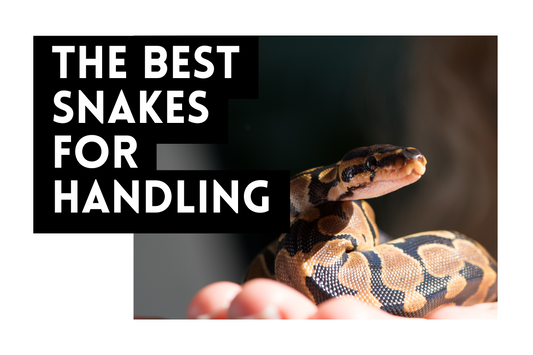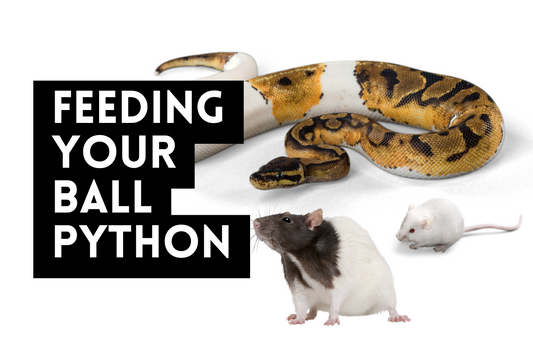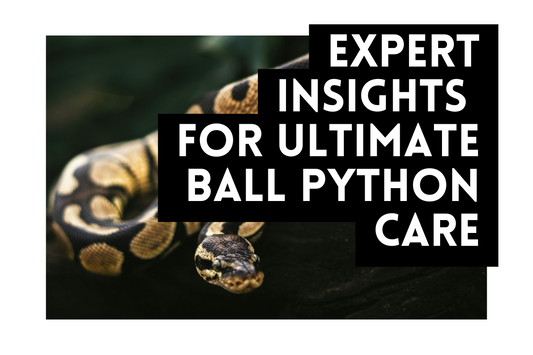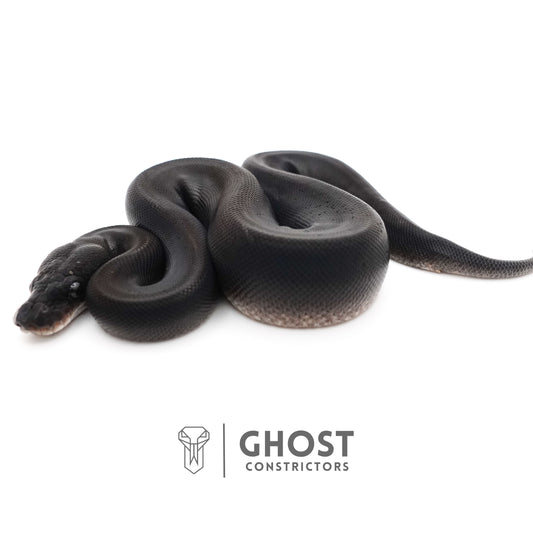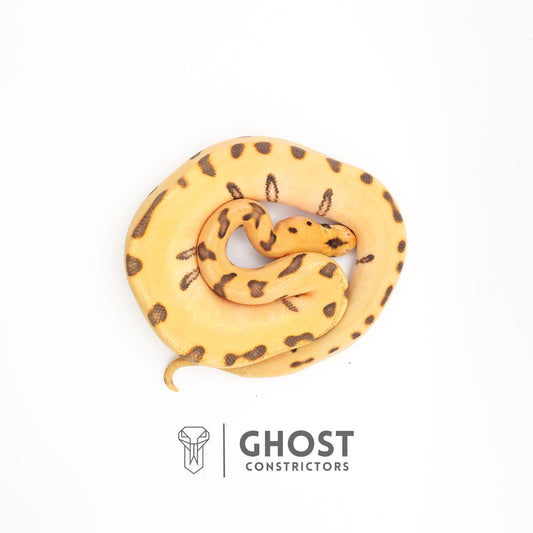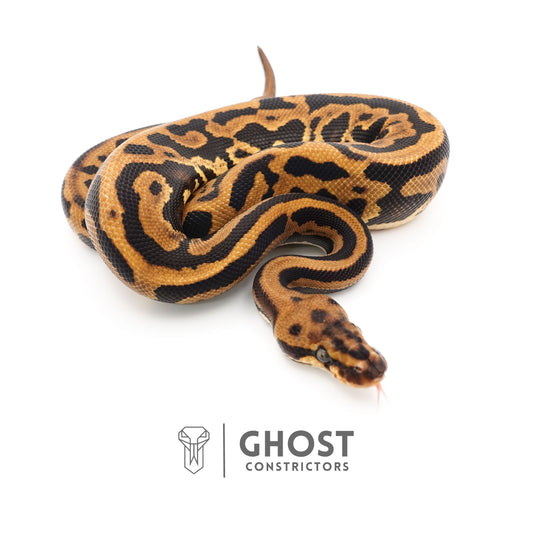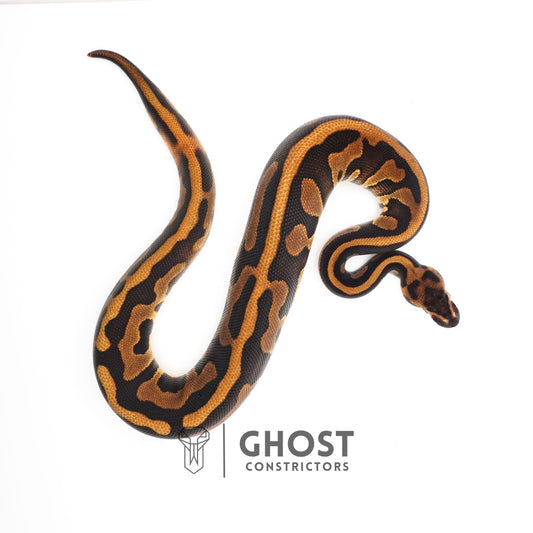How to Switch from Norway Rats to ASF Rats
Share
How to Switch from Feeding Frozen-Thawed Norway Rats to Frozen-Thawed African Soft-Furred (ASF) Rats
Switching your reptile’s diet from frozen-thawed Norway rats to frozen-thawed African Soft-Furred (ASF) rats can significantly enhance your pet’s health, feeding consistency, and overall well-being. This guide will walk you through why you should consider the switch, how to do it effectively, and provide a helpful size comparison chart to make the transition seamless.
Why Switch to ASF Rats?
ASF rats offer several benefits over Norway rats:
Improved Nutritional Value: ASF rats have a superior protein-to-fat ratio and an ideal calcium-to-phosphorus balance, supporting healthier growth and reducing the risk of metabolic bone disease.
Natural Prey Preference: Many snakes, such as ball pythons, prefer ASF rats because they closely resemble their natural prey in the wild. This preference often results in fewer feeding refusals.
Better Long-Term Health: The lower fat content and balanced nutrition of ASF rats help prevent obesity and related health issues in reptiles.
Enhanced Feeding Consistency: Picky feeders are more likely to accept ASF rats, which reduces feeding stress and ensures your reptile gets consistent nutrition.
Ethically Raised: Ghost Constrictors’ ASF rats are family raised in-house on our Minnesota farm under strict quality controls, unlike many outsourced or imported Norway rats and ASF rats.
Steps to Transition from Norway Rats to ASF Rats
- Determine Proper Sizing: The first step is to match the size of the Norway rat you currently feed with the equivalent ASF rat size (see chart below).
-
Gradual Introduction:
Start by offering a frozen-thawed ASF rat that matches your reptile’s current feeding size. -
Warm and Present Properly:
Ensure the ASF rat is thoroughly thawed and warmed to the appropriate temperature (about 103°F). Use tongs to simulate movement if your reptile is hesitant. -
Monitor Feeding Behavior:
If your reptile refuses the ASF rat, try again at the next feeding interval. Most reptiles adapt after a few feedings. -
Consistency is Key:
Stick to ASF rats once your reptile accepts them to establish a routine.
Norway Rat to ASF Rat Size Comparison Chart
| Norway Rat Size | Average Weight (grams) | Equivalent ASF Rat Size | Average Weight (grams) |
|---|---|---|---|
| Pinky Rat | 5-12.99 | Fuzzy ASF | 4-6 |
| Fuzzy Rat | 13-19.99 | Hopper ASF | 7-12 |
| Rat Pup | 20-29.99 | Small ASF | 13-24 |
| Weaned Rat | 30.44.99 | Medium ASF | 25-39 |
| Small Rat | 45-84.99 | Large ASF | 40-59 |
| Medium Rat | 85-174.99 | X-Large ASF | 60-89 |
| Large Rat | 175-274.99 | Jumbo ASF | 90+ |
This chart ensures you provide the appropriate size frozen feeder to meet your reptile’s dietary needs.
Additional Tips for a Successful Transition
- Patience: Some reptiles may take a few feedings to adjust. Don’t be discouraged by initial refusals. Since ASFs are the preferred feeder for ball pythons, they typically don't refuse.
- Clean Handling: Always use clean tongs and gloves to prevent contamination and ensure proper hygiene.
- Storage Tips: Store your frozen ASF rats in airtight, freezer-safe bags to maintain freshness.
Why Choose Ghost Constrictors for ASF Rats?
At Ghost Constrictors, we take pride in producing high-quality frozen ASF rats on our Minnesota farm. Our in-house production ensures:
- Superior nutrition and consistency.
- Ethical and humane raising practices.
- A reliable, trusted source of ASF feeders for your reptiles.
Order your ASF rats today and see the difference they can make in your reptile’s health and feeding routine!

